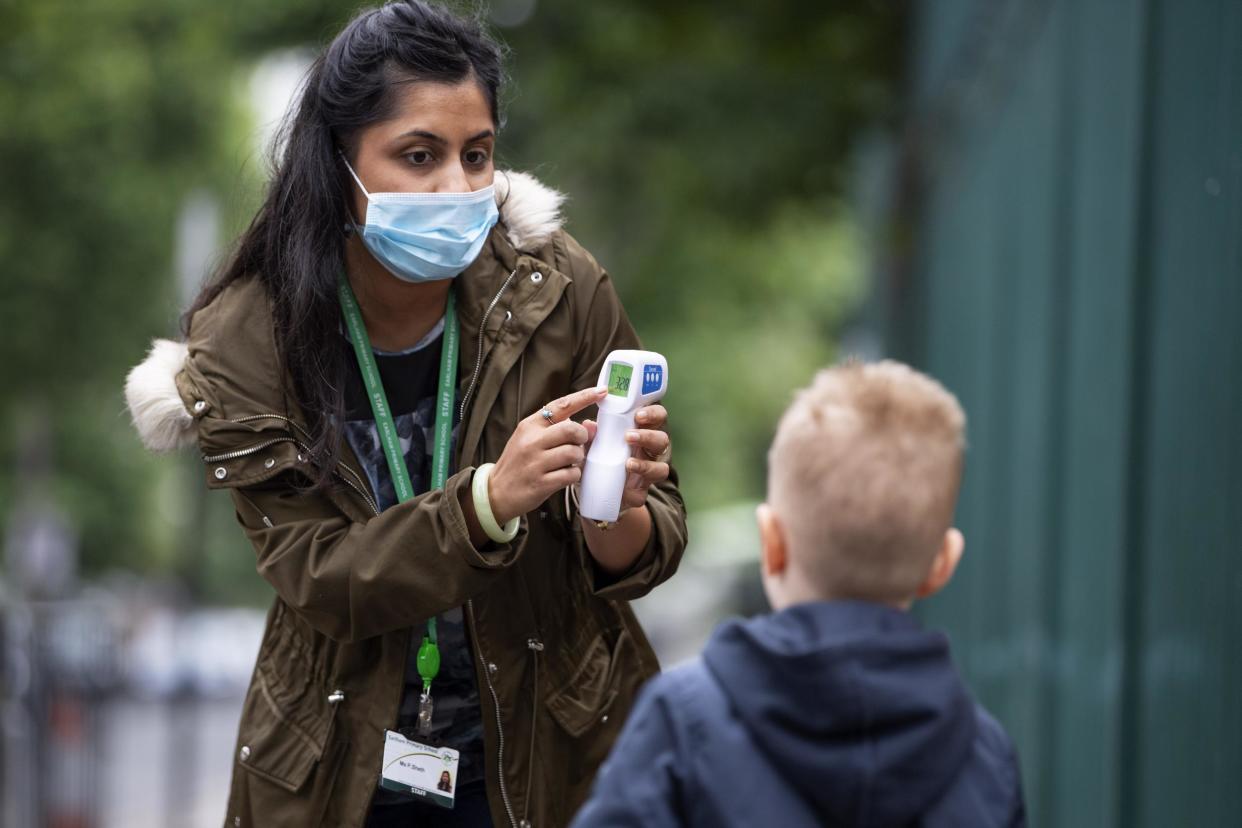Coronavirus: Children made up just 1 per cent of cases during first wave, new BMJ study shows

Children made up a very small proportion – just 1 per cent – of confirmed Covid-19 cases in England during the first wave of the virus despite large numbers of them being tested, a new British Medical Journal study has revealed.
The findings, which follow months of speculation about the virus risk among children, confirms that under-16s are not an important source of Covid-19 infection, researchers said.
Of the 540,305 people who were tested in England between 16 January and 3 May, around one in four (24 per cent) were found to have the virus.
Children under the age of 16 made up 15 per cent of the total number of people tested but accounted for just 1 per cent of positive results.
Researchers drew on testing data from the NHS, Public Health England and family doctors from 300 GP surgeries to conduct the study, which found that the total number of deaths among children in England during the first wave was not higher than expected compared to the same time period in the previous four years.
This contrasts sharply with the 56,456 excess deaths among adults between March and May.
Four of the 1,408 children who tested positive went on to die from the virus, all aged between 10 and 15. Four more died of other causes, with the virus being confirmed as an incidental or contributing factor.
The death rate of one in 200 for children with Covid-19 lines up with those reported for children in other countries, researchers said.
“The experience in England adds to the growing body of evidence on the limited role of children in the Covid-19 pandemic, with just over 1 per cent of confirmed cases occurring in children,” researchers wrote in the study, published on Thursday in the Archives of Disease in Childhood.
Dr Shamez Ladhani, a researcher from Public Health England, who was lead author on the study, said: “It is still not clear why young children have such a low risk of infection compared to older children or adults. One theory is that, compared to adults, children have fewer ACE2 receptors which the virus can bind to in cells that line the respiratory tract.
“The way the immune system reacts to the virus is also likely to be different in children compared to adults.”
Dr Ladhani added: “Whilst these numbers are reassuring for children, they include a long period of complete lockdown where children were less likely to have been exposed to the virus.”
Read more
Children’s disease related to Covid-19 ‘linked to blood cell changes’
If teachers die from coronavirus, government will be to blame
Record 30 million people sought help from NHS 111 during pandemic


